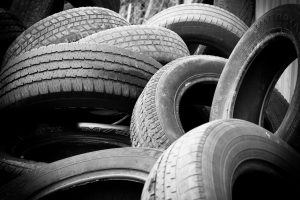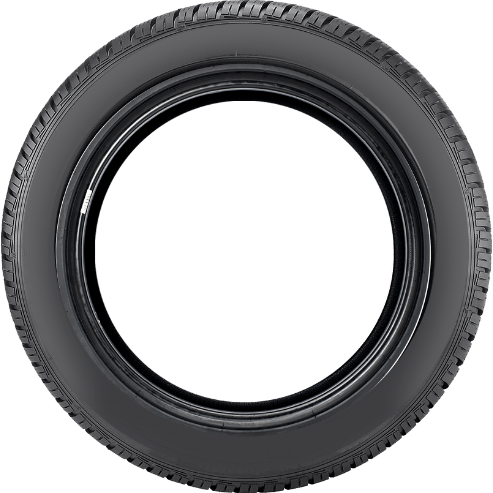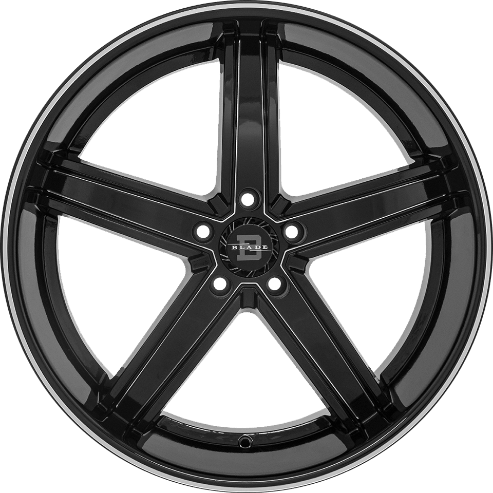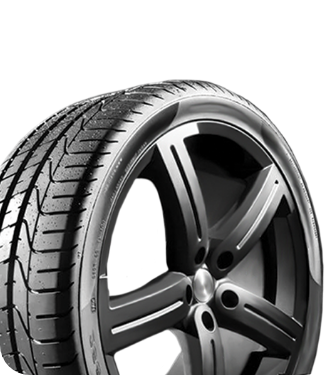

A Guide to the Best Tires for Desert Driving
Tires |Going on new adventures is always exciting, especially when you’re exploring new terrains. However, navigating the desert takes a bit more than just four-wheel drive and a full tank of gas. One of the key components you shouldn’t overlook? The right set of tires.
Your vehicle’s tires can transform your off-road or highway experience, ensuring safety, performance, and durability even in the toughest desert environments. With our guide to the best tires for desert driving, you’ll discover how to choose the perfect ones tailored to your vehicle and specific needs.
Understand Desert Conditions
Desert driving involves harsh conditions, including extreme heat, loose sand, sharp rocks, and sudden changes in elevation. Tires encounter surfaces that range from soft sand to hard-packed dirt, requiring them to strike a balance between grip and durability. A tire that lacks sufficient flexibility or toughness can easily become damaged or struggle to perform in demanding environments.
When To Avoid Desert Driving
While desert driving can be a thrilling experience, your tires keep you safe. Extreme heat during high noon or peak summer hours can put significant strain on your vehicle’s systems and your tires, increasing the risk of blowouts.
Driving during or immediately after heavy rainfall can also be hazardous, as flash floods or muddy terrain can reduce tire traction and lead to slipping. Similarly, driving in the dark makes it harder to spot hazards like sharp rocks or sudden drops that could damage your tires. Choosing the right tires and planning your desert drive around weather conditions are essential for a safe and smooth experience.

Why Tire Construction Matters
Tire construction is a key factor for desert driving. We suggest selecting tires with reinforced sidewalls designed to protect against punctures and cuts, as rocky terrain can easily shred weaker tires.
When shopping around, pay attention to the tire’s tread. A rugged tread pattern will provide excellent grip on sand and dirt without compromising on-road comfort when transitioning to paved roads. Radial-ply designs are generally recommended over bias-ply tires for enhanced durability and smoother rides.
Steel belts and tough rubber compounds make tires more resistant to abrasive surfaces. Tires labeled as “all-terrain” or “mud-terrain” often include these properties, making them popular choices for desert exploration.
Go Wide for Sand Traction
Having a wide tire footprint while driving on soft sand ensures a safe journey. With wider tires, the weight of your vehicle can spread more evenly across the sand, which helps keep you from getting stuck. This effect, known as “flotation,” lets your vehicle glide effortlessly over the soft surface instead of sinking. Plus, tires with broader treads ease the pressure on the sand, giving you a smoother and more controlled ride while also taking care of your vehicle.
When selecting tires for sand driving, it’s important to look for models designed for sandy terrains or those that have been rigorously tested for such conditions. The right tires can make all the difference between an enjoyable off-road adventure and a frustrating experience stuck in the sand.
Optimal Tread Design
Tread design is key to conquering desert landscapes. For loose sand, tires should feature a tread pattern that efficiently clears sand while maintaining grip. Larger gaps between tread blocks prevent sand from getting lodged, keeping the tires performing effectively.
On rocky trails, tires with deeper grooves and chunkier patterns provide the traction required to avoid slipping. Multidirectional tread blocks are advantageous when navigating uneven surfaces, as they offer consistent grip regardless of your vehicle’s movement.

Pressure Adjustments Boost Performance
An often-overlooked aspect of driving in the desert is tire pressure. By lowering tire pressure, you can increase the surface contact area, which greatly improves flotation and traction when driving through sand. A portable air compressor makes it convenient to adjust your tire pressure on the go, allowing you to easily reinflate your tires when you transition back to solid or paved roads.
For example, reducing a typical tire’s pressure to about 12 to 15 psi can significantly improve performance in sandy conditions. However, under no circumstances should you forget to return to the manufacturer-recommended pressure when back on harder terrain, as low pressure increases the risk of sidewall damage.
Seasonality and Heat Resistance
Desert climates often mean extreme heat, so your tires need to be as tough as the terrain. Heat-resistant rubber compounds prevent blowouts caused by high temperatures or road friction. You’ll also want to ensure the tires you choose can perform well during sudden temperature drops, common on desert nights.
Summer tires or hot-weather tires are often better suited for this environment than traditional all-season options.
All-Terrain Tires for Versatility
If your desert driving includes occasional on-road use, consider all-terrain tires. These provide a balance of off-road durability and on-road comfort. Their reinforced sidewalls and adaptable tread designs deliver reliable performance on both asphalt and dirt trails, making them a versatile choice.
While you might lose some specialized traction in environments like loose sand when compared to off-road tires, all-terrain options offer better longevity when transitioning between different terrains frequently.
Maintenance Is Key in the Desert
Driving in challenging conditions requires consistent tire checks to spot wear and tear. The abrasive nature of sand and rock can gradually reduce tread depth or leave cracks on the tire’s sidewall. Regular visual inspections and rotations are critical to extending their lifespan.
Keep an eye out for embedded rocks, cuts, or any uneven wear patterns. Post-drive cleaning is also essential to remove debris lodged in the tread to maintain performance.
Picking the Right Tires for Tucson Drivers
Arizona’s deserts pose unique challenges, from searing heat to unforgiving terrain. Locals seeking quality options can head to RNR Tire Express for both budget-friendly choices and quality performance brands. The best tires for desert driving should be durable and reliable, minimizing costs and complications on your off-road trips.
For hassle-free advice on the best tires for desert driving and to check out our deals, visit RNR Tire Express. We are a trustworthy tire shop in Tucson, offering a wide variety of options at competitive prices with payment options available to suit anyone’s budget.





